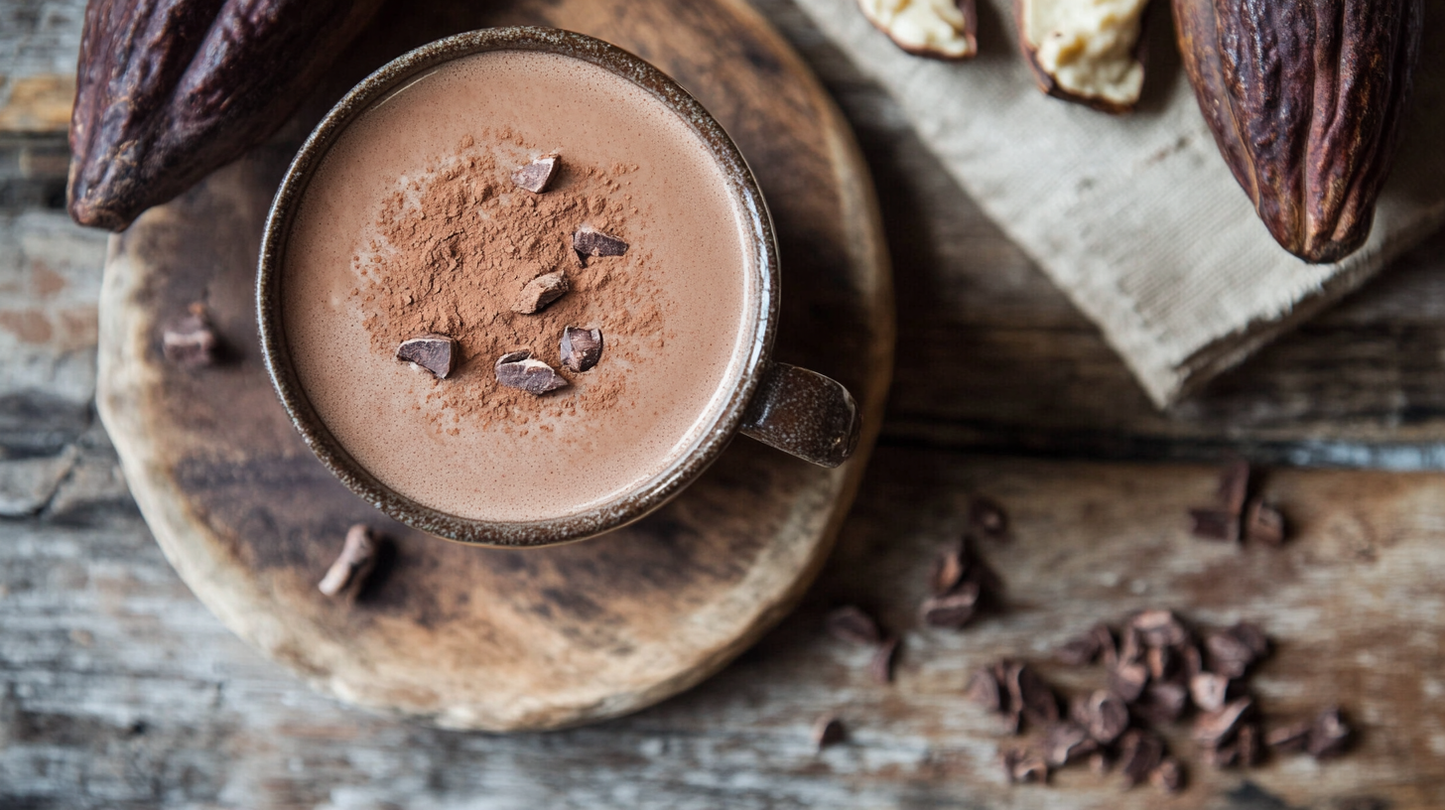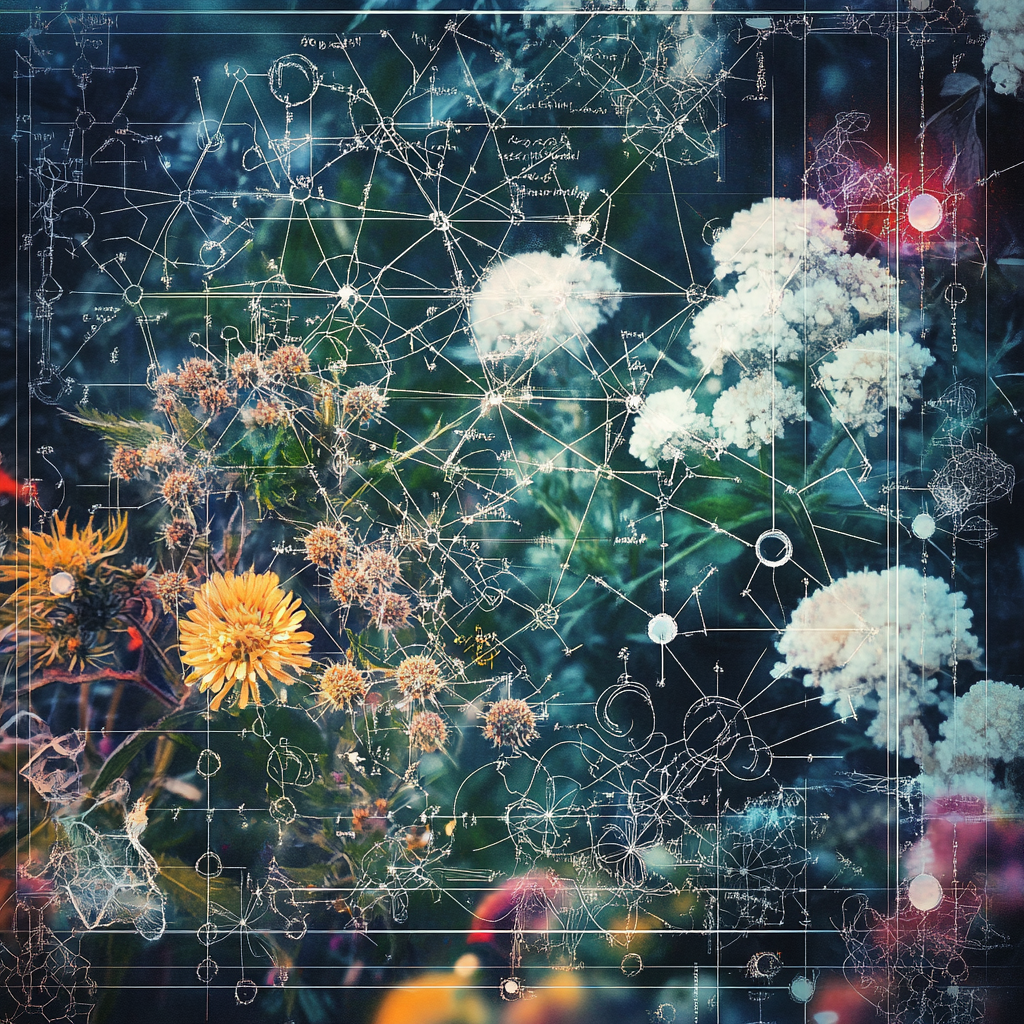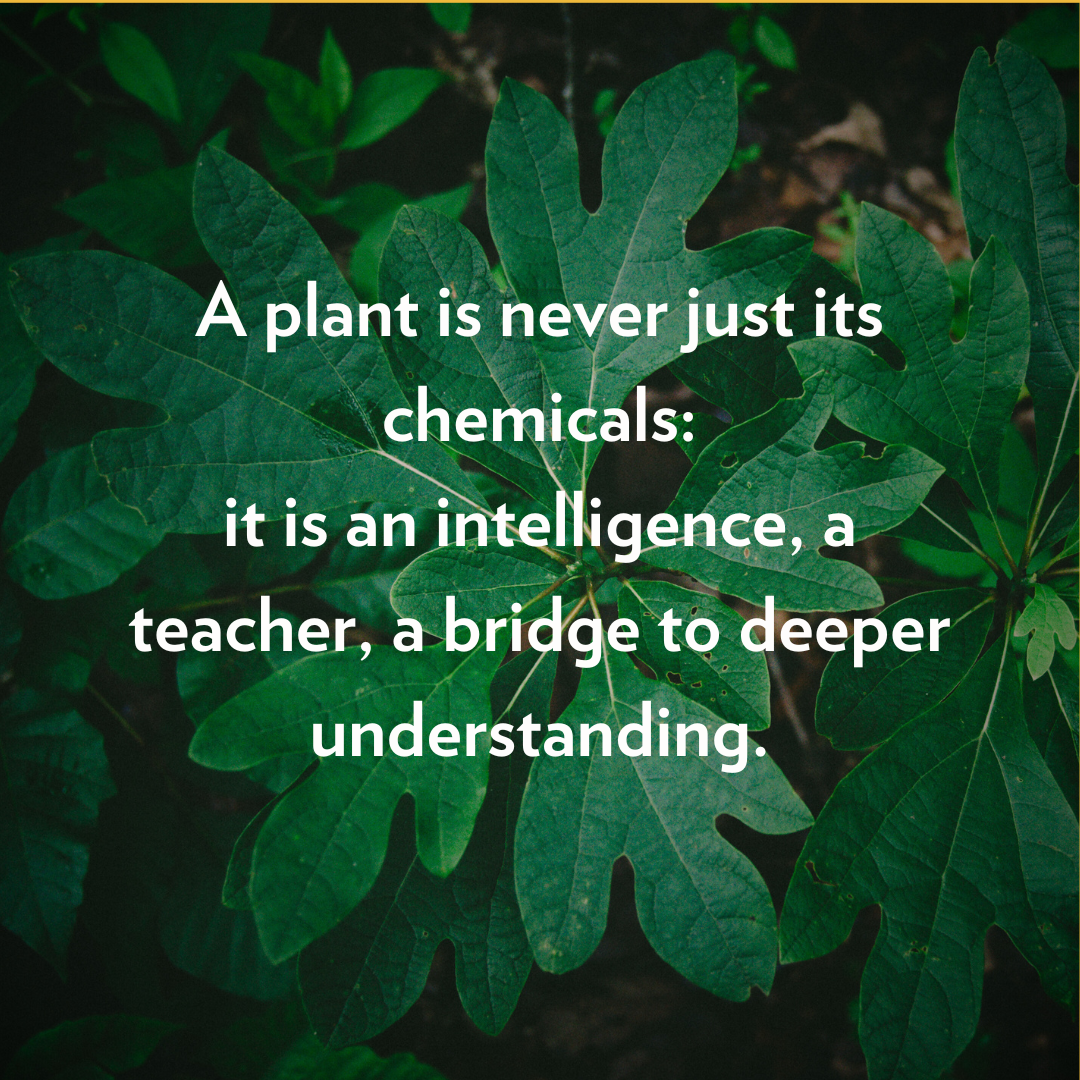What Is Ceremonial Cacao and Why Is It So Powerful?
Experience the heart-opening magic of ceremonial cacao. Crafted with heirloom cacao, rose petals, medicinal mushrooms, and warming herbs, these Ora Cacao blends support emotional clarity, focus, and sacred daily rituals. Now available at Radiant Farms.
Becoming Indigenous
“Westerners have forgotten what indigenous people understand to be cardinal: that this world owes its life to the unseen. Every hunt and every harvest, every death and every birth is distinguished by beauty-making and ceremony for that which we cannot see, feeding back that which feeds us. I believe our alienation is the felt negligence of that reciprocity.” -Toko-Pa Turner When we arrive on a new piece of land, we seek shelter, work, food, medical care. Ideally, we arrive with an attitude of curiosity and respect for what is already there, for the people who live there, their customs and...
Reconsidering Sassafras
Dear Radiant One, Today, we’re being a voice and advocate for another lesser-known genius plant—sassafras—a botanical treasure that has been celebrated, restricted, and nearly forgotten. Its aromatic bark and roots once infused traditional medicine, early root beer, and ceremonial practices. But behind its warm, spicy scent lies a deeper story—one of suppression, regulation, and revival. For centuries, Indigenous healers, from the Cherokee to the Choctaw to the Ayurvedic medicine people of India, and early western physicians revered sassafras for its ability to:🌿 Cleanse and purify the body, supporting digestion, circulation, and detoxification.🌿 Enhance sensory awareness and mental clarity, making it a quiet yet powerful ally for altered...
Co-Evolution
People and plants have co-evolved together. Wherever humans have settled, all over the earth, plants growing nearby have proven to have healing properties to support common human ailments- from digestive issues to muscular pain. They also evolved to provide mental, emotional and spiritual support. Nature makes medicine, as well as food. To state the obvious, cultures have long employed sacred herbs and ritualistic practices for overall wellbeing—from burning sage or resins for purification, to brewing medicinal teas, to making tinctures and extracts. We know how many cultures invoked psychoactive plants to cultivate connection, insight, and communal harmony. We have even...
Recent articles




